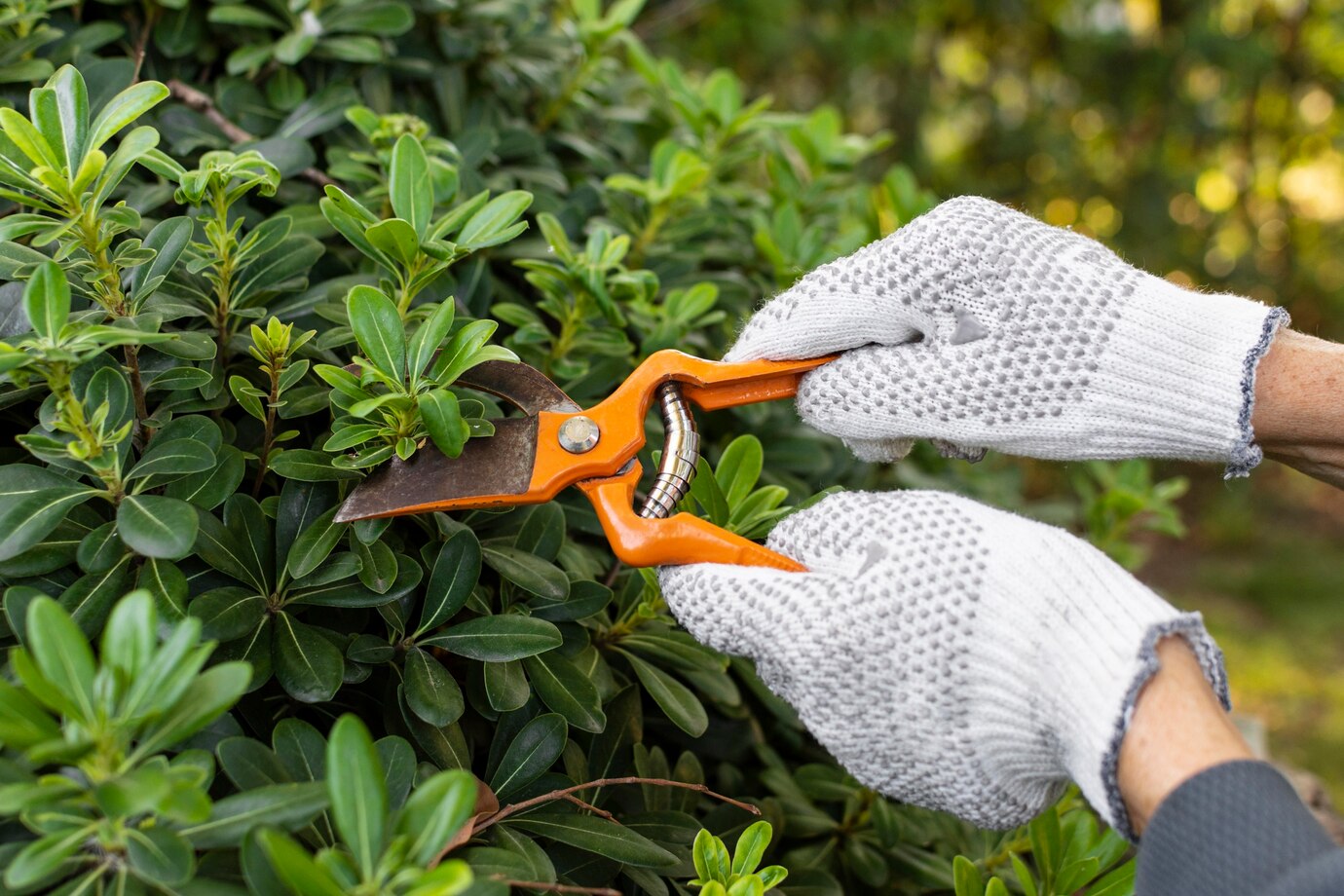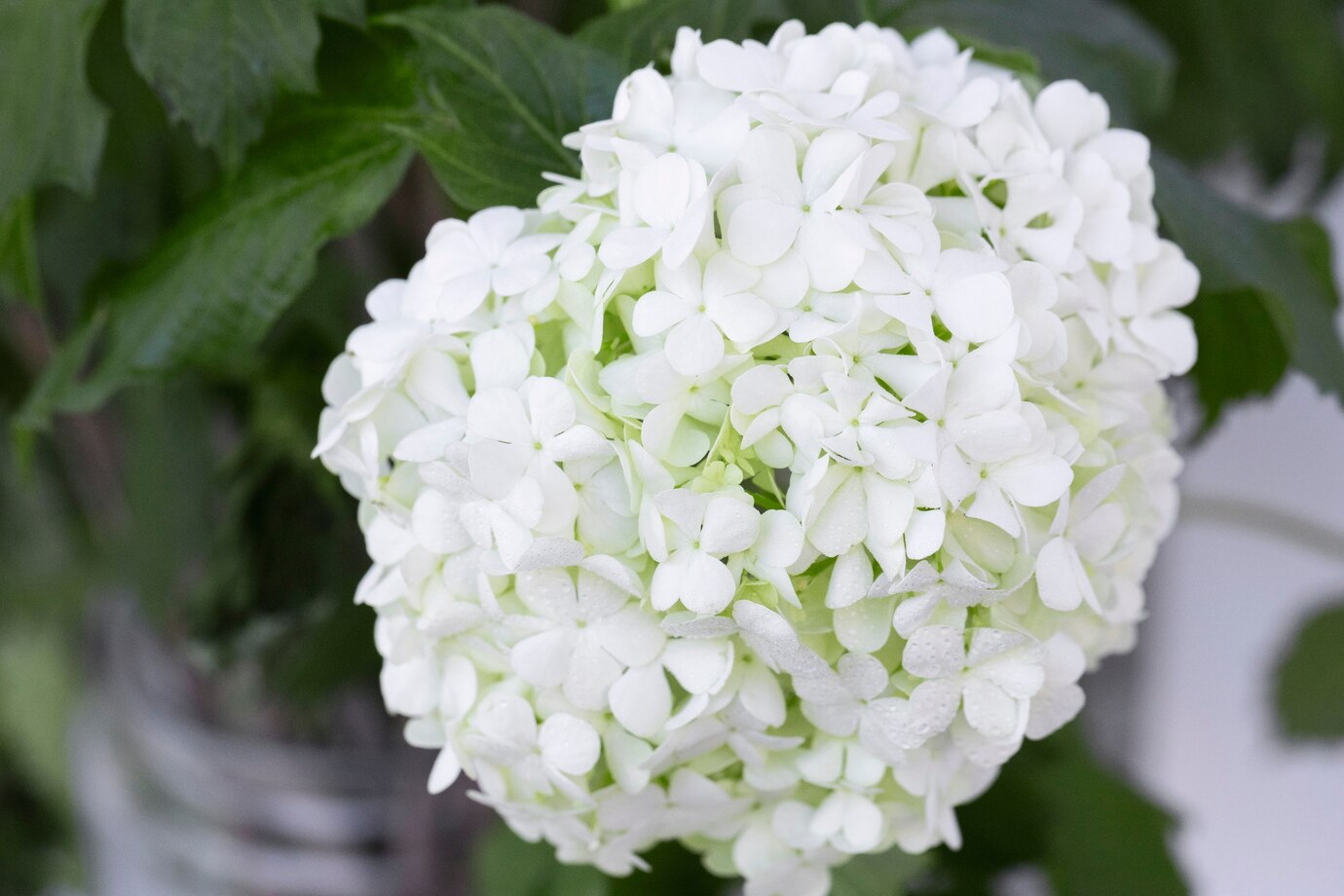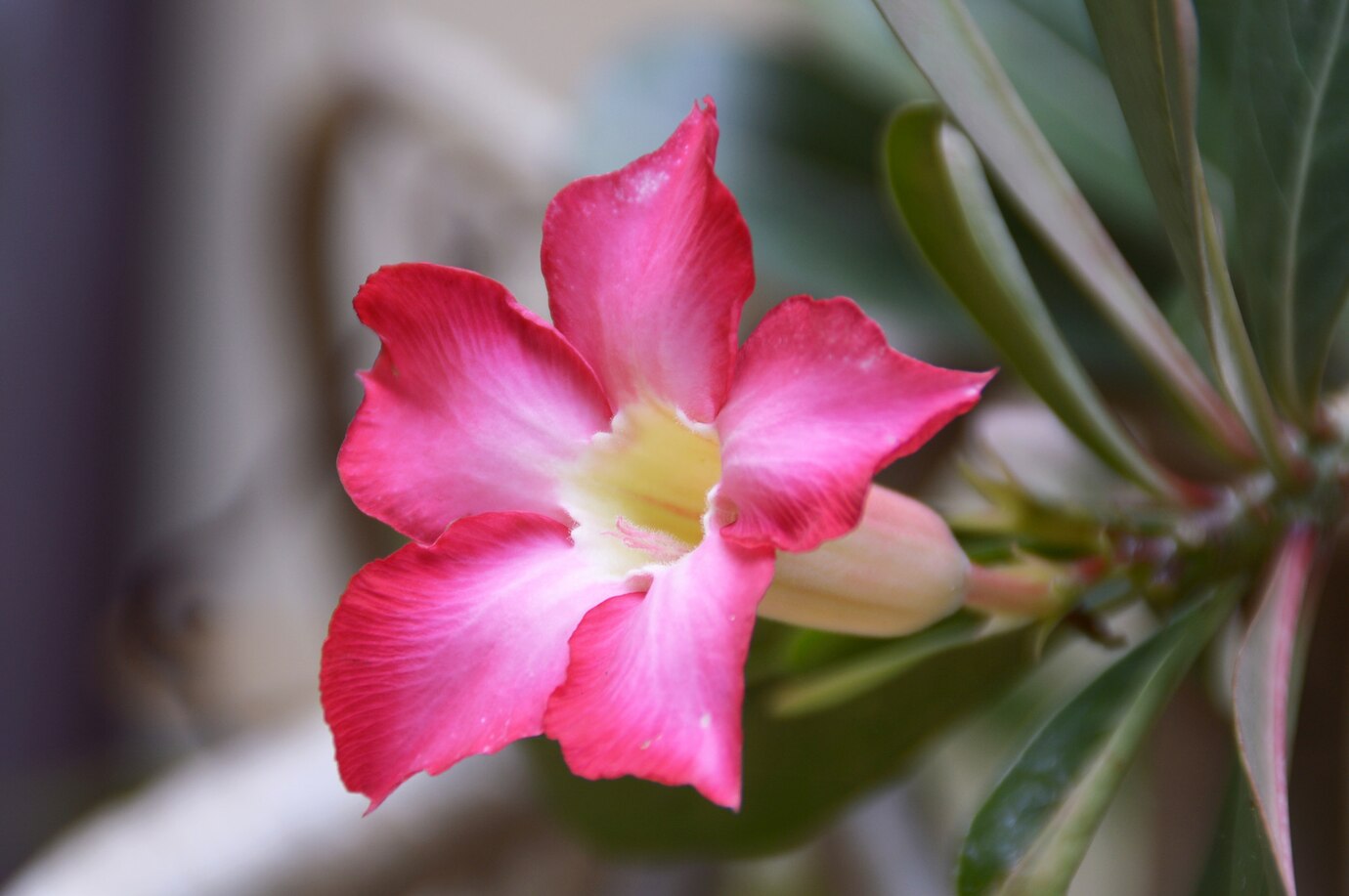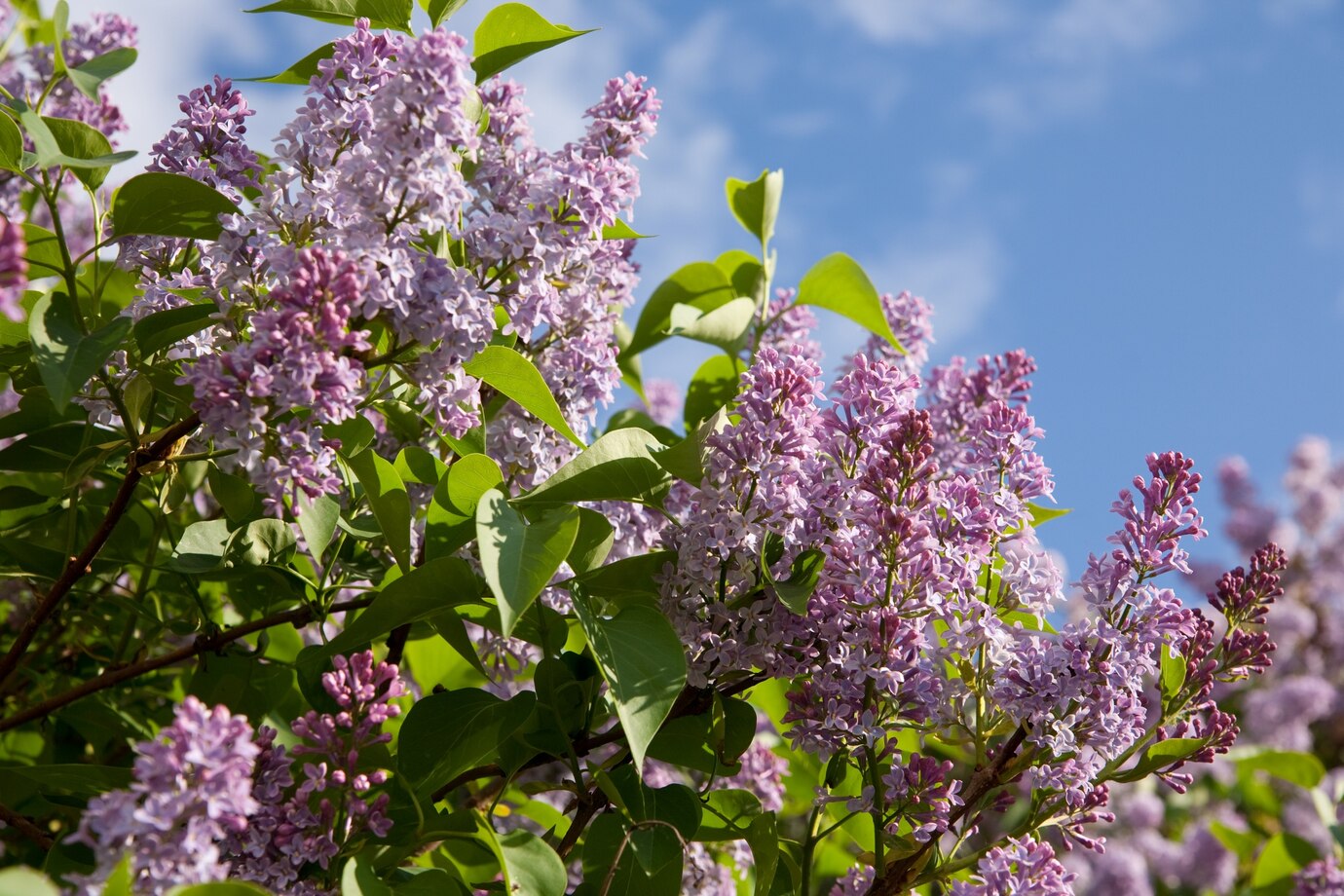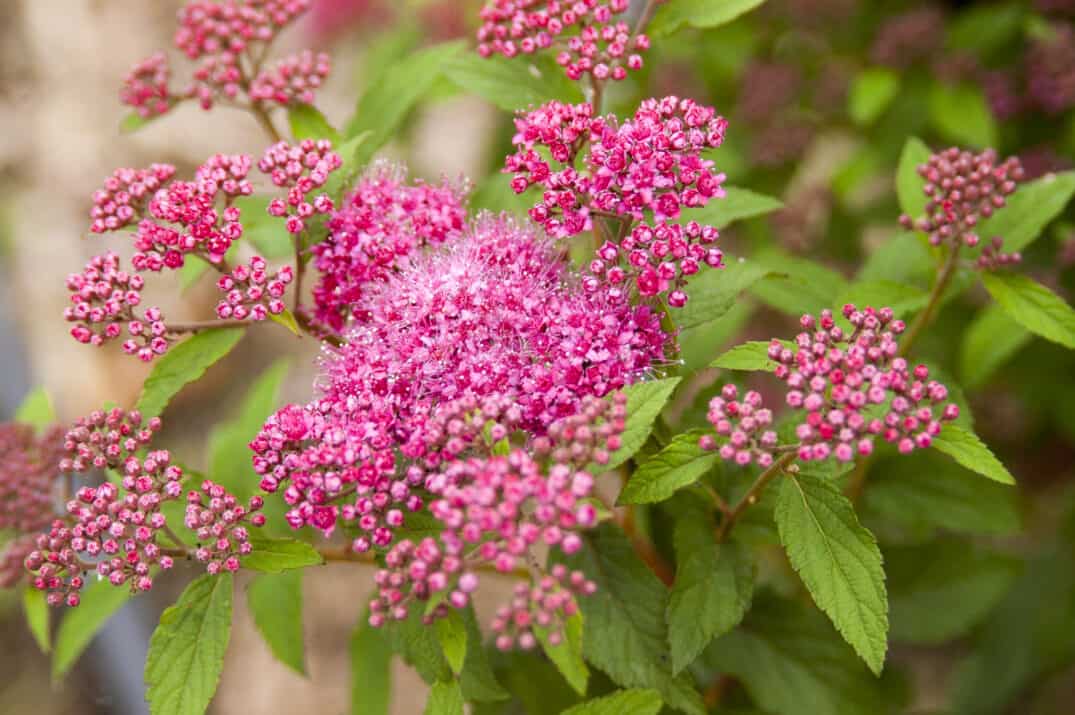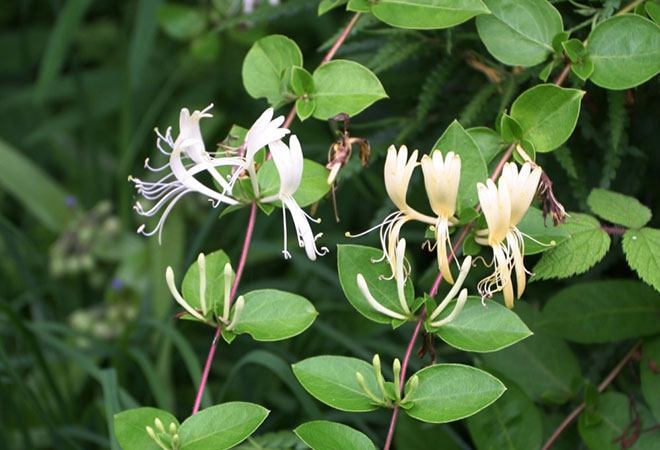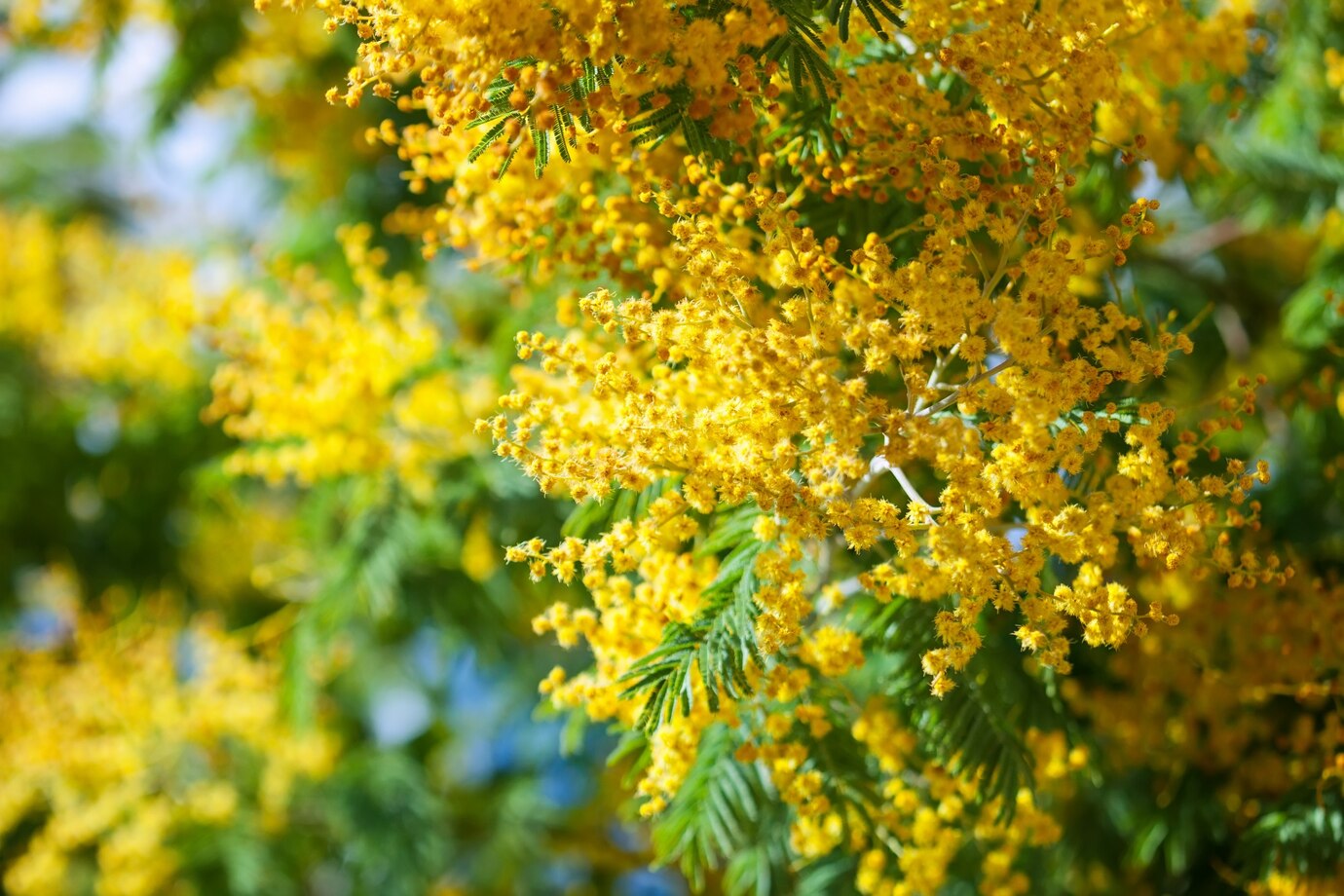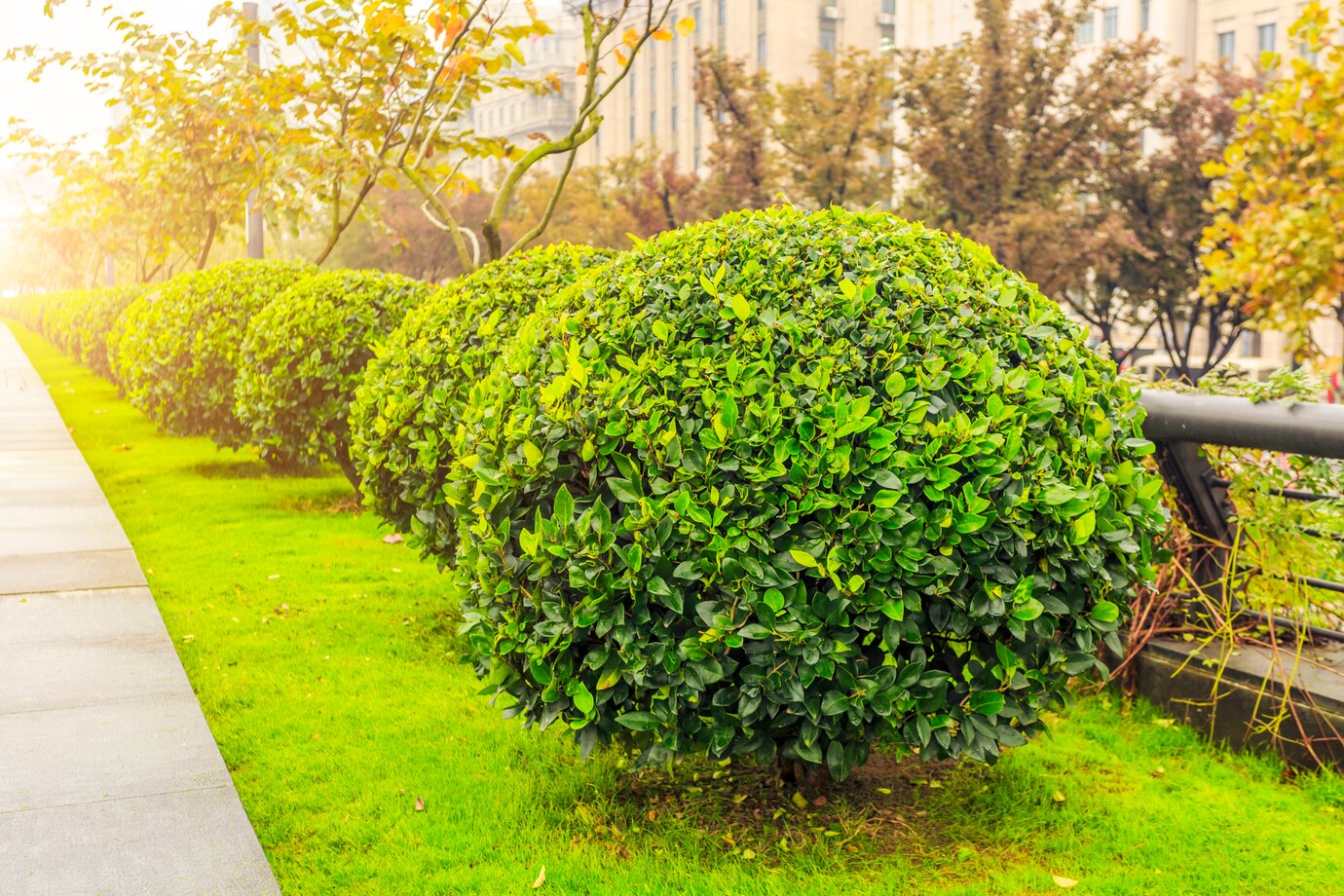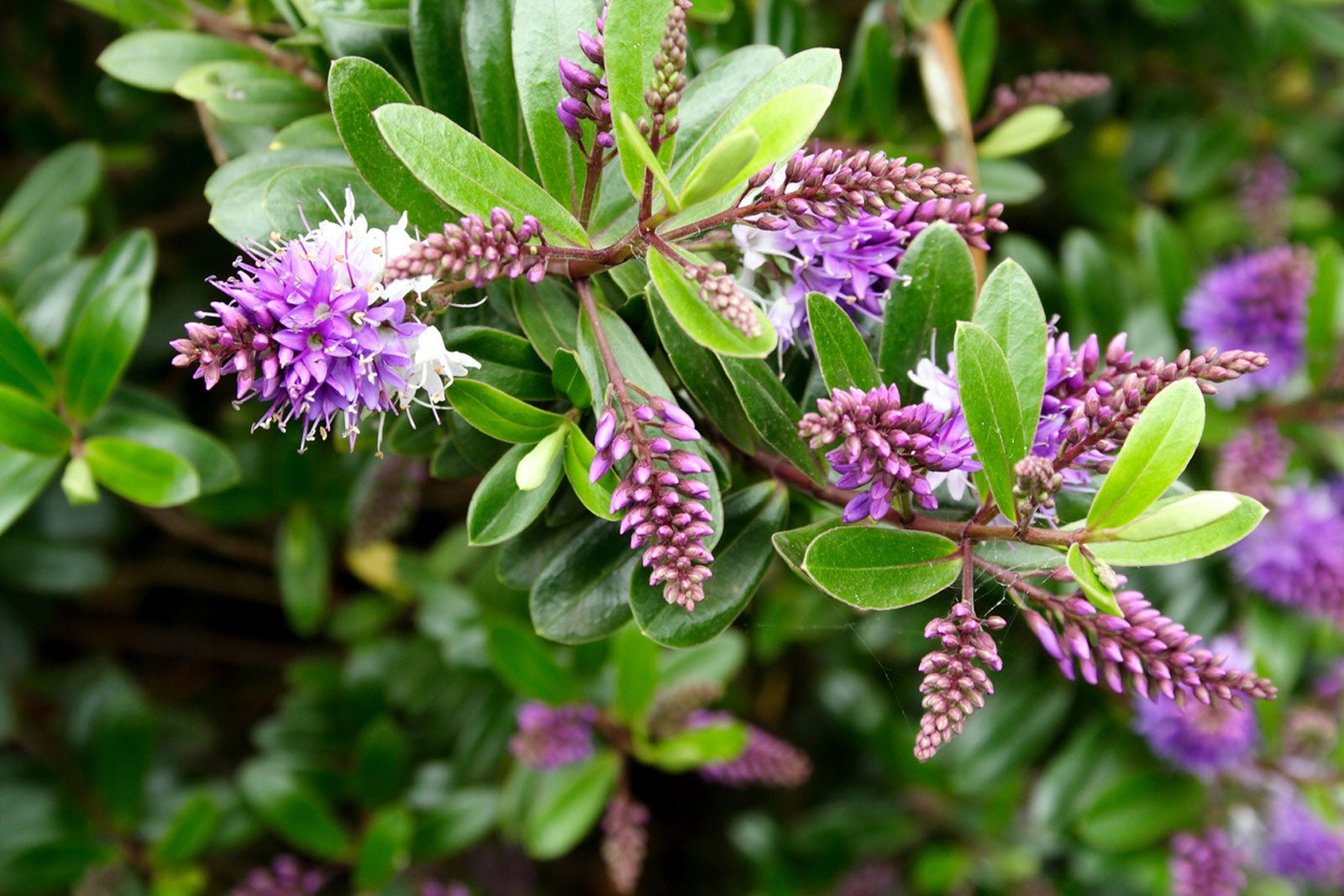Everyone loves shrubs. They bring texture, color, and structure to any landscape. Boxwood stands out as a fan favorite. This evergreen shrub stays lush and green year-round, offers dense foliage, and resists deer. Use it to line pathways, create garden rooms, conceal unsightly spots, or add consistent greenery to your yard.
Boxwood shrubs are also hardy, requiring less water than many other plants. They need minimal upkeep to maintain their neat appearance throughout the year. However, minimal maintenance doesn’t mean no maintenance. Proper care helps extend their lifespan and keeps them looking their best.
Table of Contents
ToggleTypes of Boxwood Shrubs
The American boxwood (Buxus sempervirens), or common box, grows into a rounded shrub that can reach 15 feet or more. The English boxwood (Buxus sempervirens ‘Suffruticosa’), a dense, dwarf variety, stays small at a height of 2 to 3 and a width of 2 to 4 feet. Technically, it’s a form of American boxwood.
American boxwood handles cold better than English boxwood, making it a solid choice for northern climates. It can grow into a small tree, but regular pruning keeps it more compact.
Korean boxwood (Buxus sinica var. insularis) has an open branch structure and finely textured leaves. It stays around 2 feet tall but spreads slightly wider.
Japanese boxwood (Buxus microphylla var. japonica), or Littleleaf boxwood, has fine-textured leaves and typically grows at a height of 5 to 6 feet and width of 4 to 6 feet.
How To Care For Boxwood Shrub
Plant boxwoods in loamy soil with full sun to partial shade, ideally in a spot sheltered from strong winds. Their shallow roots need protection from heat, so spread a three-inch layer of organic mulch around each plant, keeping it at least two inches away from the trunks.
Light
Boxwoods tolerate full sun to partial shade but thrive with five to six hours of direct sunlight daily. In hot climates, plant them where they get afternoon shade. If dry winter winds are a concern, choose a sheltered location to protect them.
Soil
Boxwood bushes need well-draining soil to thrive. While they grow best in sandy loam, they can adapt to different soil types. They also prefer slightly alkaline soil for optimal growth.
Water
During the first year, water boxwoods deeply once or twice a week. If rainfall is low in the second year, water weekly. After that, water only when necessary, especially in fast-draining sandy soil. For the best results, use drip irrigation or a soaker hose, as hose or sprinkler water tends to run off too quickly.
Fertilize
Boxwood bushes produce few or insignificant flowers, so fertilizing isn’t essential. However, if desired, apply a slow-release, balanced fertilizer once or twice a year, following the product instructions. Water thoroughly after feeding. For a natural boost, top-dress with manure in the fall.
Temperature and Humidity
In hot climates, boxwood needs extra water and some shade. It generally tolerates a wide range of humidity. In cold regions, unprotected stem tips may die back, so wrap the plant loosely in burlap and secure it with twine. While snow insulates the shrub, excessive buildup can cause damage, so brush it off regularly.
Pruning and Trimming Boxwood
Many modern boxwood varieties are naturally compact and require minimal pruning. They also tend to be healthier than older, heavily pruned types.
Remove any dying or diseased branches and trim hedges or topiaries as needed. Regular trimming also helps control the size of a boxwood tree.
Propagating Boxwoods
To propagate boxwoods, take cuttings in late summer or early fall. Choose a hardened or semi-hardened stem from a healthy plant and follow these steps:
- Choose a healthy branch, about four to six inches long, and make an angled cut using sterile pruning shears.
- Eliminate the lower leaves and dip the cut end in the rooting hormone.
- Fill a container with a moistened mix of sand, peat moss, and vermiculite.
- Place the cuttings in the soil and cover the container with a plastic bag to keep the humidity high.
- Gently pull on the cuttings to check for root development. Once rooted (within three months), transplant them into a larger container with moist potting soil.
- Keep the young plants in a sunny spot with consistently moist soil until spring, when they can be moved outdoors.
Common Pests & Plant Diseases
Blight can affect boxwoods, but don’t let it intimidate you. Watch for black or dark brown streaks on stems and sudden leaf loss. Common boxwoods (Buxus sempervirens), including English boxwood, are more susceptible, but resistant varieties are available. Proper care and well-draining soil help prevent diseases like leaf spots and root rot.
Pests such as nematodes, leafminers, and spider mites can also target boxwoods. To keep infestations under control, use insecticides as needed and maintain healthy growing conditions.

